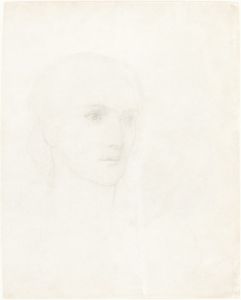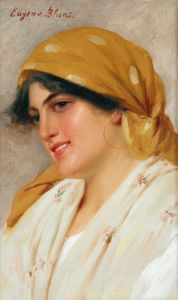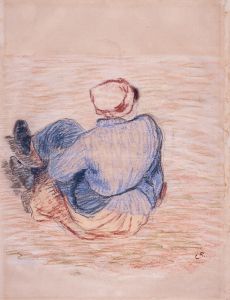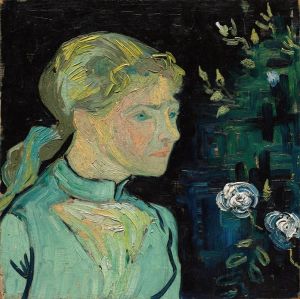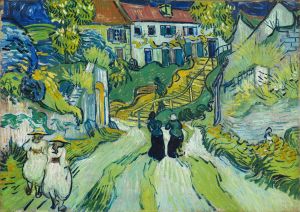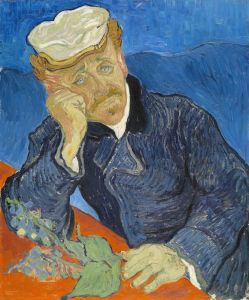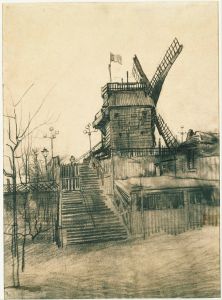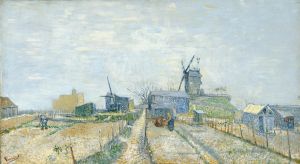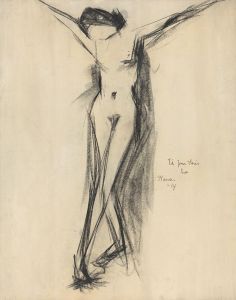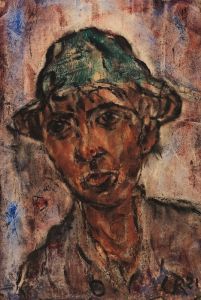
Girl in White
A hand-painted replica of Vincent van Gogh’s masterpiece Girl in White, meticulously crafted by professional artists to capture the true essence of the original. Each piece is created with museum-quality canvas and rare mineral pigments, carefully painted by experienced artists with delicate brushstrokes and rich, layered colors to perfectly recreate the texture of the original artwork. Unlike machine-printed reproductions, this hand-painted version brings the painting to life, infused with the artist’s emotions and skill in every stroke. Whether for personal collection or home decoration, it instantly elevates the artistic atmosphere of any space.
"Girl in White" is an oil painting created by the Dutch Post-Impressionist artist Vincent van Gogh in 1890. This artwork is one of the many pieces Van Gogh produced during the final months of his life while he was living in Auvers-sur-Oise, a small village near Paris, France. The painting is notable for its delicate portrayal of a young woman dressed in a white gown, set against a lush, green background.
The composition of "Girl in White" reflects Van Gogh's evolving artistic style during his time in Auvers. The painting is characterized by its expressive brushwork, vibrant colors, and a sense of immediacy, all hallmarks of Van Gogh's mature period. The figure of the girl is rendered with a sense of simplicity and innocence, her white dress standing out in stark contrast to the verdant surroundings. The background is filled with rich, textured greenery, which adds depth and vitality to the scene.
Van Gogh's choice of subject—a solitary figure in nature—was a recurring theme in his work during this period. It is believed that he was deeply influenced by the rural environment of Auvers and sought to capture the harmony between humanity and nature. The identity of the girl depicted in the painting is unknown, and there is no definitive evidence to suggest who she might have been. This anonymity adds an air of mystery to the artwork.
"Girl in White" is often interpreted as a reflection of Van Gogh's emotional state during his final months. While his letters from this time reveal a mix of hope and despair, the painting itself exudes a sense of calm and introspection. The use of white, a color often associated with purity and peace, may suggest a longing for tranquility amidst the artist's inner turmoil.
The painting is currently housed in the National Gallery of Art in Washington, D.C., where it is part of the museum's permanent collection. It remains a significant example of Van Gogh's late works and continues to be admired for its emotional depth and artistic mastery.





